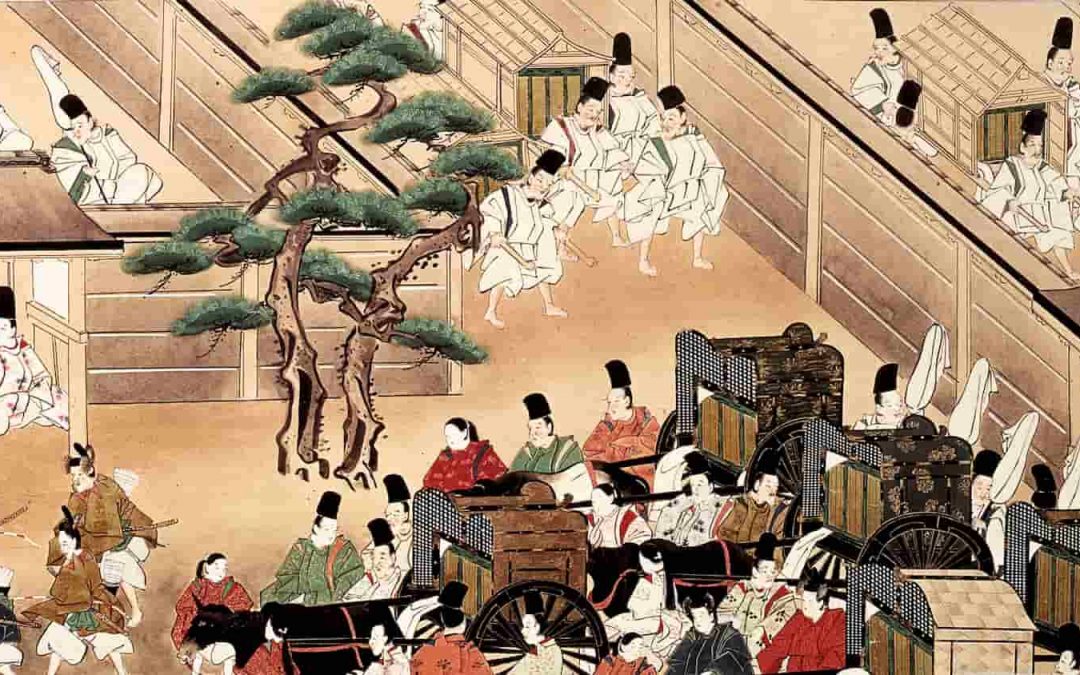
Japan and the Shackles of the Past, by Emeritus Professor R. TAGGART MURPHY
Japan and the Shackles of the Past, by Emeritus Professor R. TAGGART MURPHY
Japan and the Shackles of the Past, by Emeritus Professor R. TAGGART MURPHY
Having lived in Japan for over three decades, one has come across many facinating books about Japan.
Perhaps the most valuable book until now is called: Japan and the Shackles of the Past, by Emeritus Professor R. TAGGART MURPHY.


Published in 2014, this splendid book answered so many of the questions about Japan and this society, even when having lived here for decades.
If one needs a good place to start, Shackles of the Past is the top of the list to start one’s own journey into Japan and this extraordinary society.
Being such an exceptional work on Japan, I sent Japan and the Shackles of the Past to one of the most influential podcasters in the world; the creator of Hardcore History, the visionary Master of story-telling, Dan Carlin.
Dan Carlin has an incredible series of podcasts called; Supernova In The East, and focuses on Japan and the Pacific during the Second World War.
By the way, part 6 the final segment was released on June 9th, 2021.
Dan Carlin does a remarkable job and his commentary is always objective and fair.
I strongly recommend the extraordinary Dan Carlin’s Hardcore History.
Listening to the first podcast in this series, I was tickled to hear him making references to Japan and the Shackles of the Past in his inaugural podcast of the Supernova In The East series.
Here is an overview of Japan and the Shackles of the Past:
Japan is one of the world’s wealthiest and most technologically advanced nations, and its rapid ascent to global power status after 1853 remains one of the most remarkable stories in modern world history. Yet it has not been an easy path; military catastrophe, political atrophy, and economic upheavals have made regular appearances from the feudal era to the present. Today, Japan is seen as a has-been with a sluggish economy, an aging population, dysfunctional politics, and a business landscape dominated by yesterday’s champions. Though it is supposed to be America’s strongest ally in the Asia-Pacific region, it has almost entirely disappeared from the American radar screen.
In Japan and the Shackles of the Past, R. Taggart Murphy places the current troubles of Japan in a sweeping historical context, moving from early feudal times to the modern age that began with the Meiji Restoration. Combining fascinating analyses of Japanese culture and society over the centuries with hard-headed accounts of Japan’s numerous political regimes, Murphy not only reshapes our understanding of Japanese history, but of Japan’s place in the contemporary world. He concedes that Japan has indeed been out of sight and out of mind in recent decades, but contends that this is already changing. Political and economic developments in Japan today risk upheaval in the pivotal arena of Northeast Asia, inviting comparisons with Europe on the eve of the First World War. America’s half-completed effort to remake Japan in the late 1940s is unraveling, and the American foreign policy and defense establishment is directly culpable for what has happened. The one apparent exception to Japan’s malaise is the vitality of its pop culture, but it’s actually no exception at all; rather, it provides critical clues to what is going on now.
With insights into everything from Japan’s politics and economics to the texture of daily life, gender relations, the changing business landscape, and popular and high culture, Japan and the Shackles of the Past is the indispensable guide to understanding Japan in all its complexity.


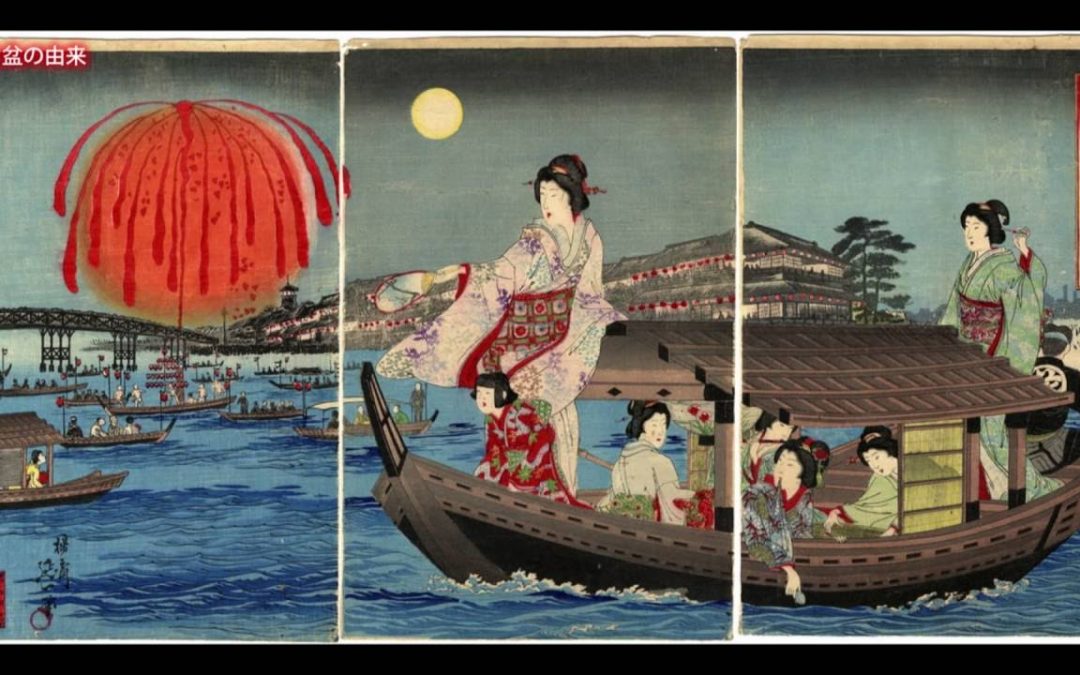
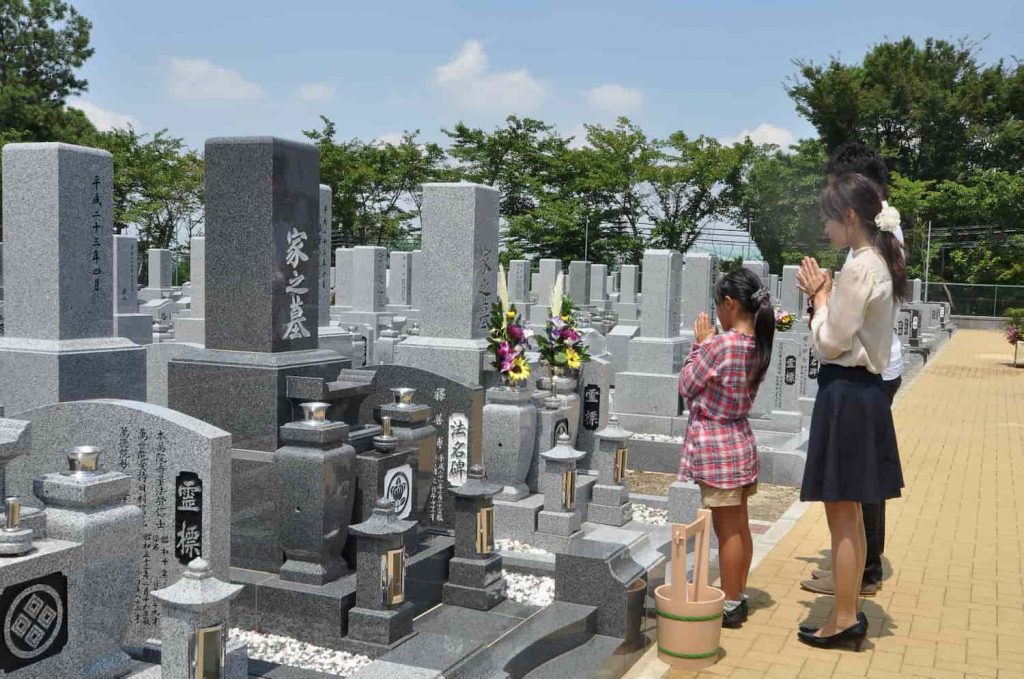 The Japanese traditionally return to their hometown (furusato or kokyo), in which they still feel a deep attachment, unlike what one may think about their own hometown when looking at it from an occidental perspective.
The Japanese traditionally return to their hometown (furusato or kokyo), in which they still feel a deep attachment, unlike what one may think about their own hometown when looking at it from an occidental perspective.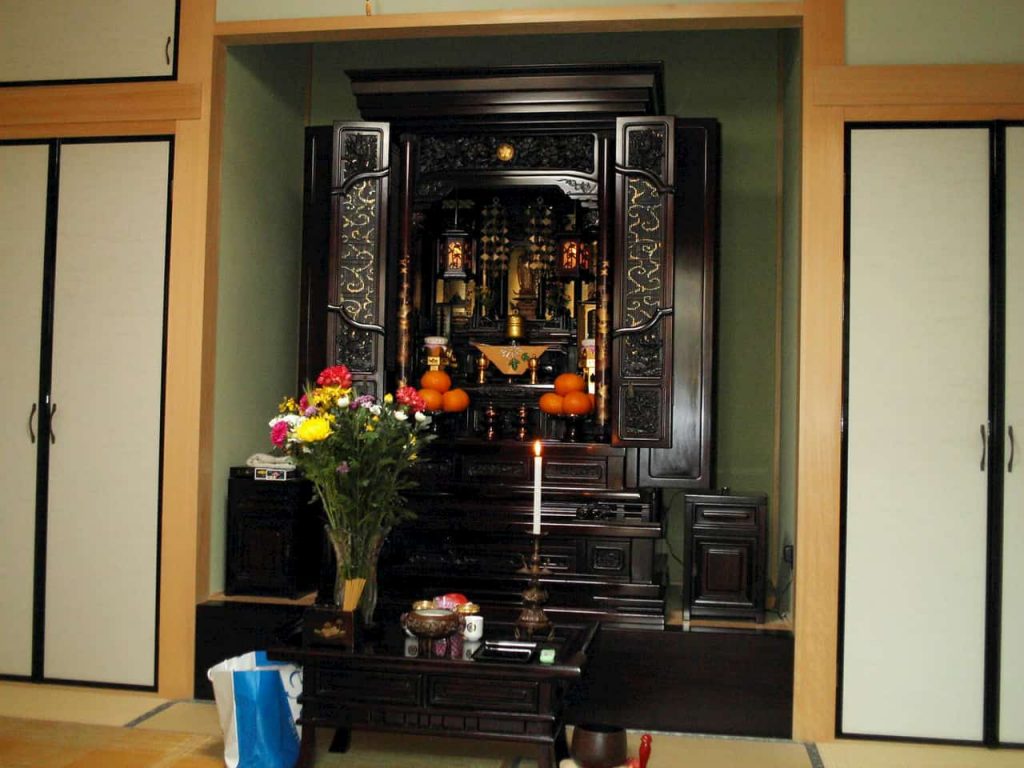 The descendants will offer incense upon the alter as they pray to their ancestors, thanking them for their sacrifice and perseverance.
The descendants will offer incense upon the alter as they pray to their ancestors, thanking them for their sacrifice and perseverance.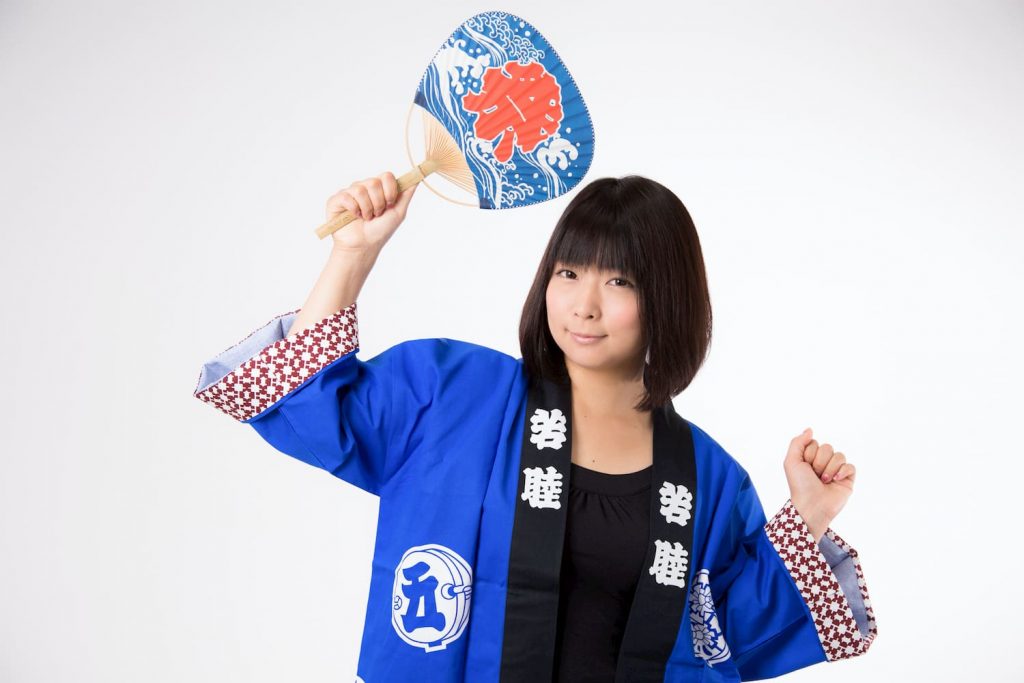 There is also exquisite dancing during this period know as “Bon Odori, which dates back some 600 years. It is during this dancing where the ancestors and the sacrifices they made for us are remembered and appreciated.
There is also exquisite dancing during this period know as “Bon Odori, which dates back some 600 years. It is during this dancing where the ancestors and the sacrifices they made for us are remembered and appreciated.
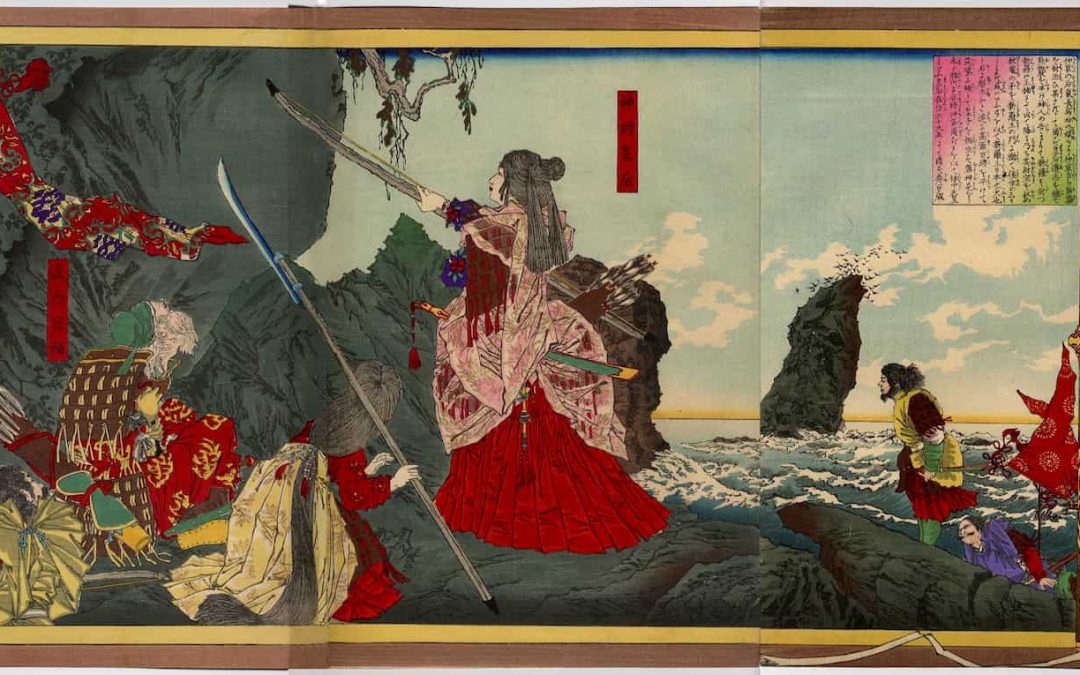
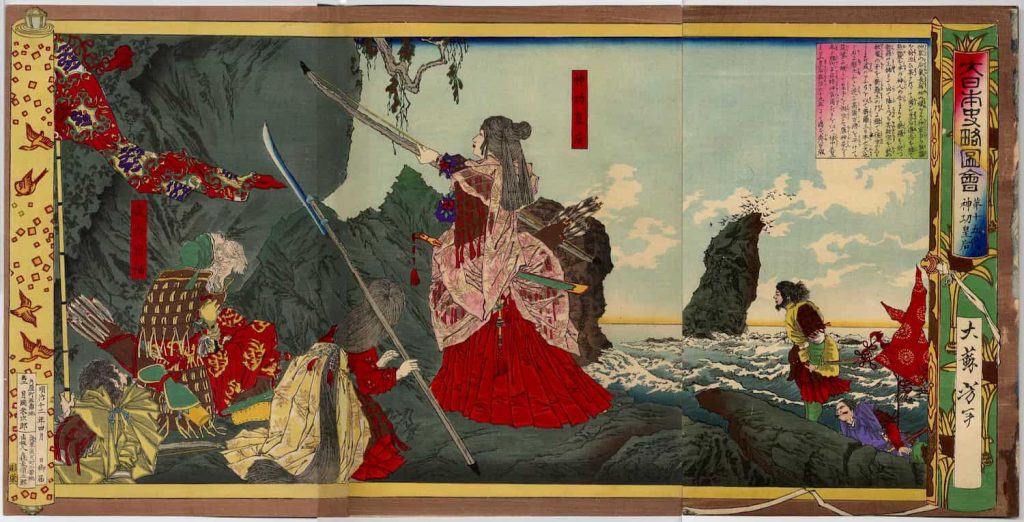 The
The 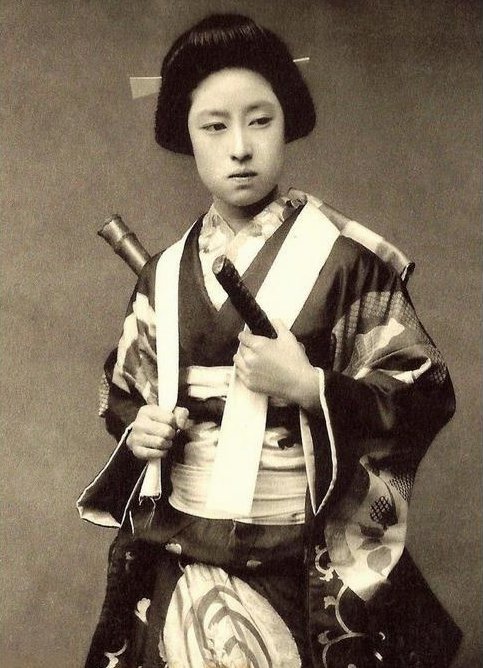 Centuries before the rise of the samurai class in the 12th century, these women would fight in times of war to protect their homes, families, and to maintain their deep sense of honour.
Centuries before the rise of the samurai class in the 12th century, these women would fight in times of war to protect their homes, families, and to maintain their deep sense of honour.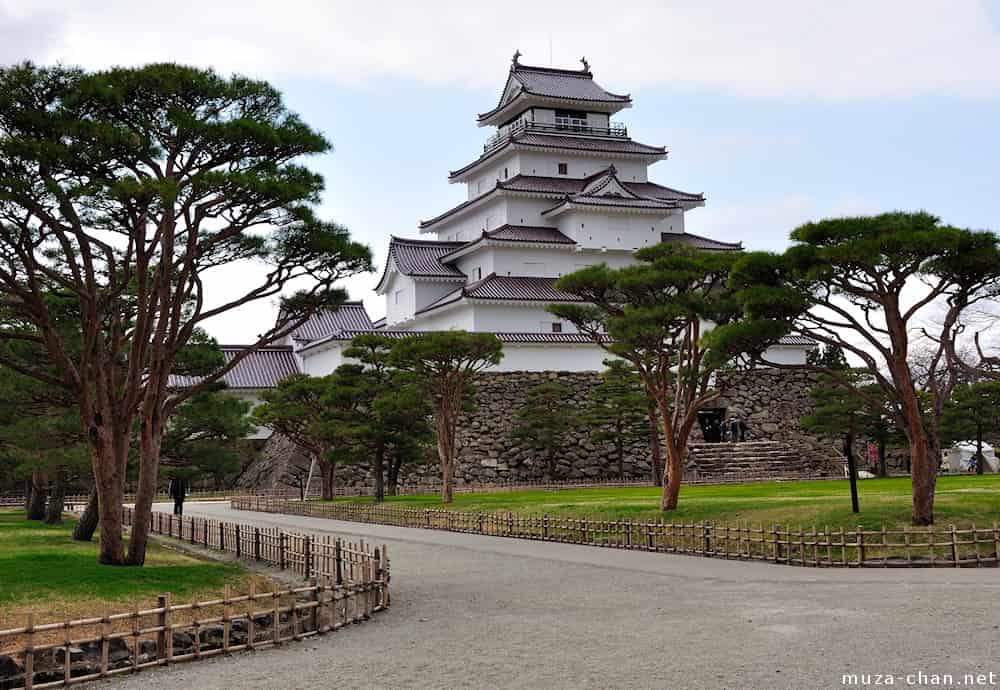 Beyond its walls, 3,000 defiant warriors readied themselves for the final stand.
Beyond its walls, 3,000 defiant warriors readied themselves for the final stand. How about that for a rock solid constitution?
How about that for a rock solid constitution?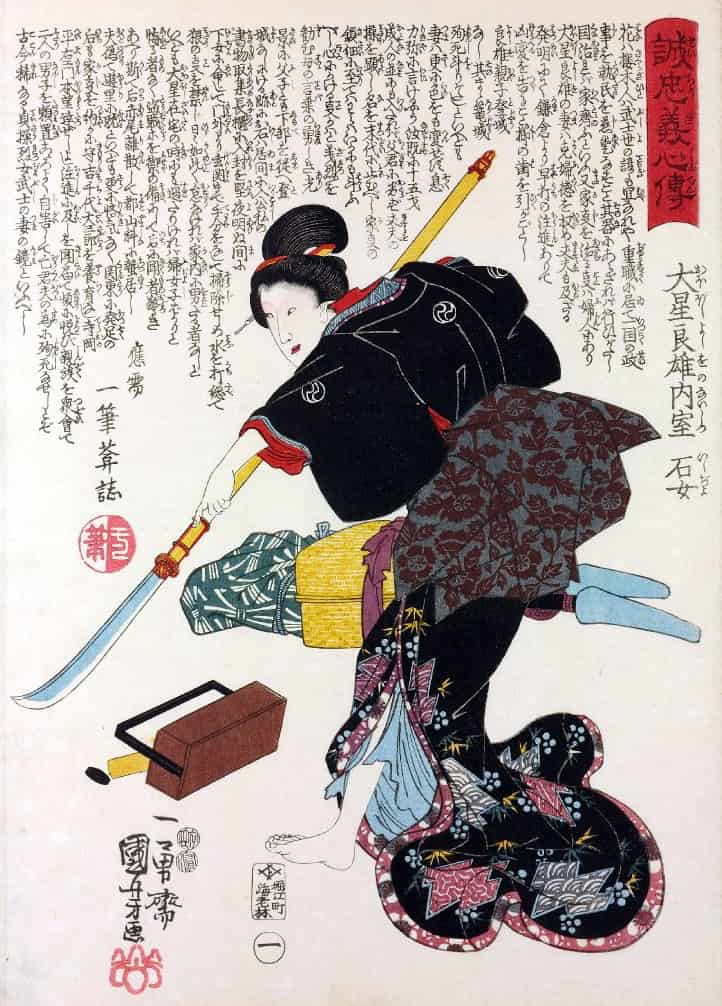
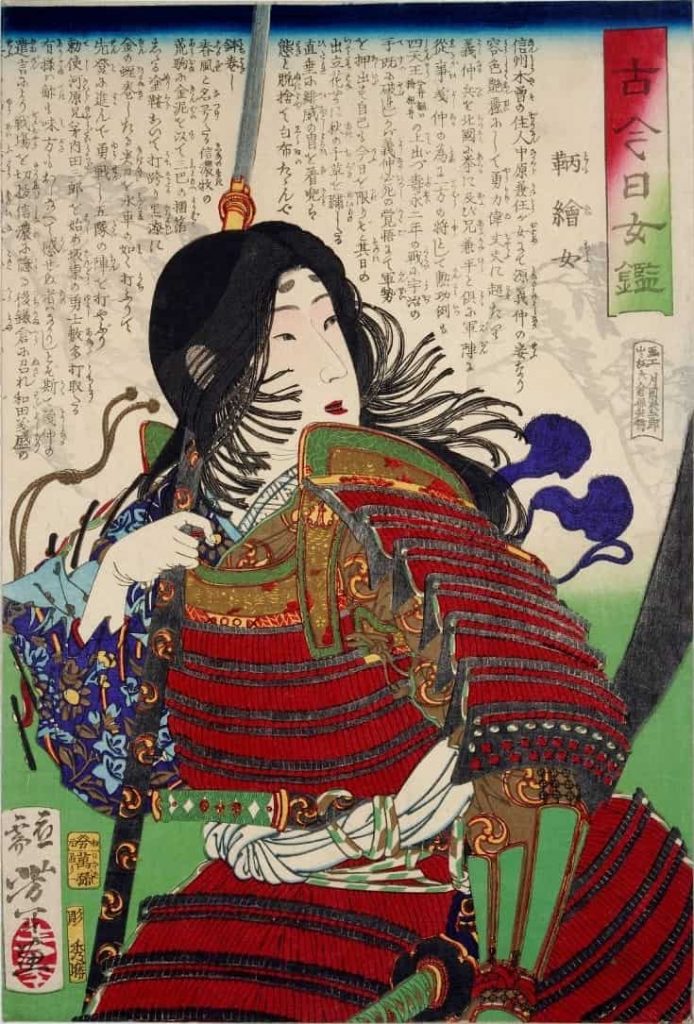


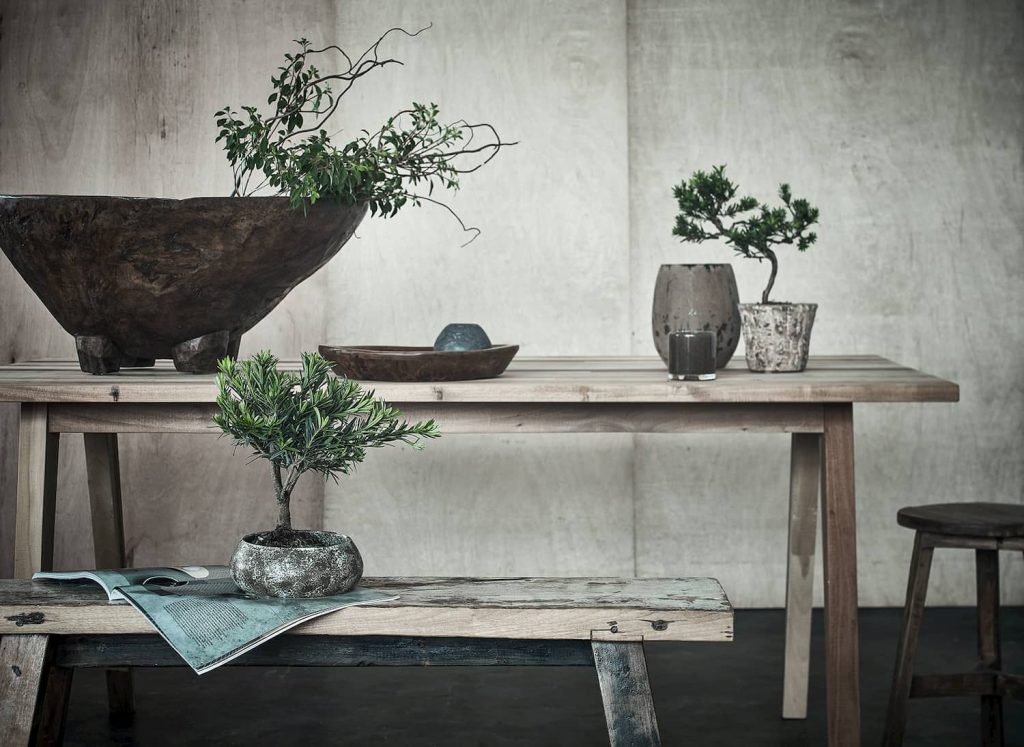



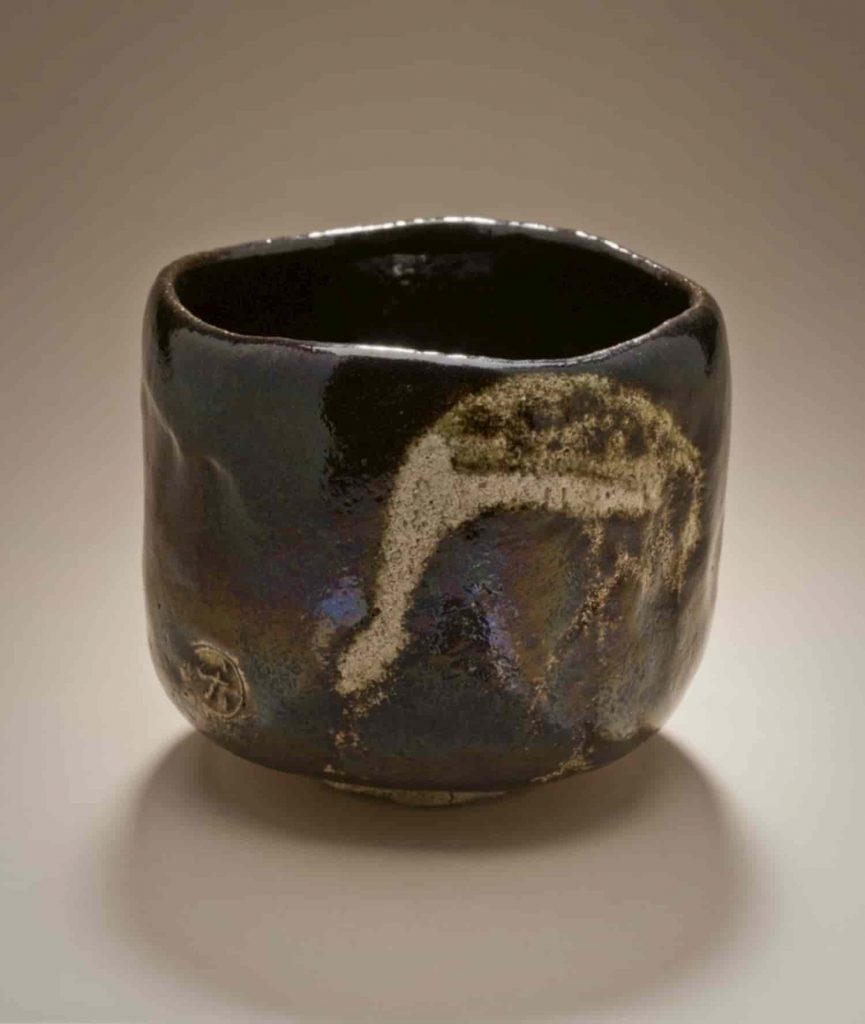
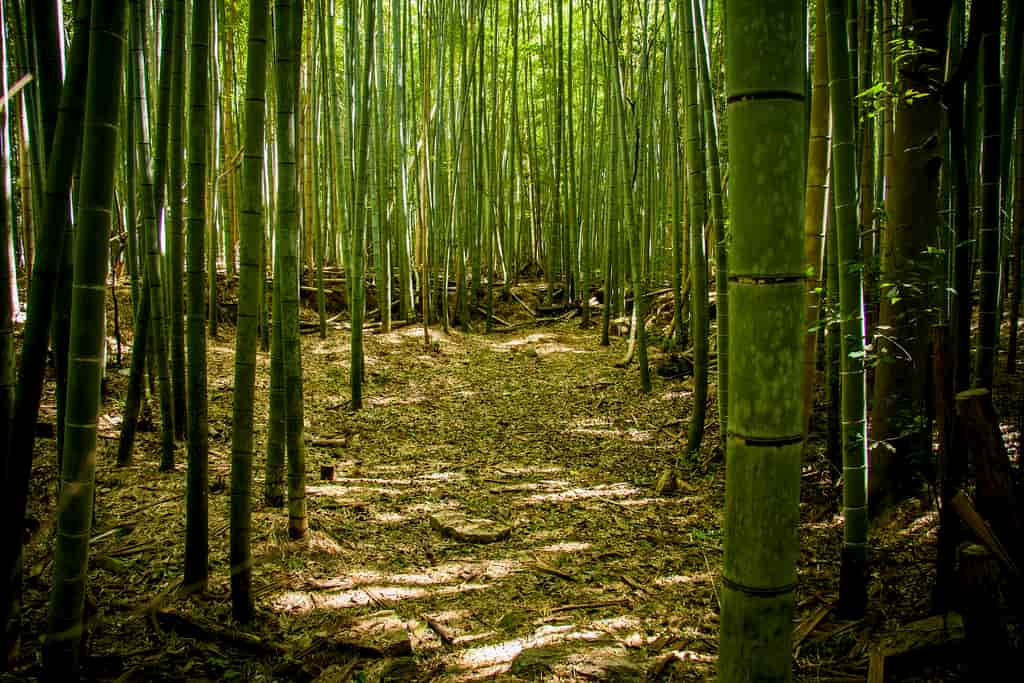

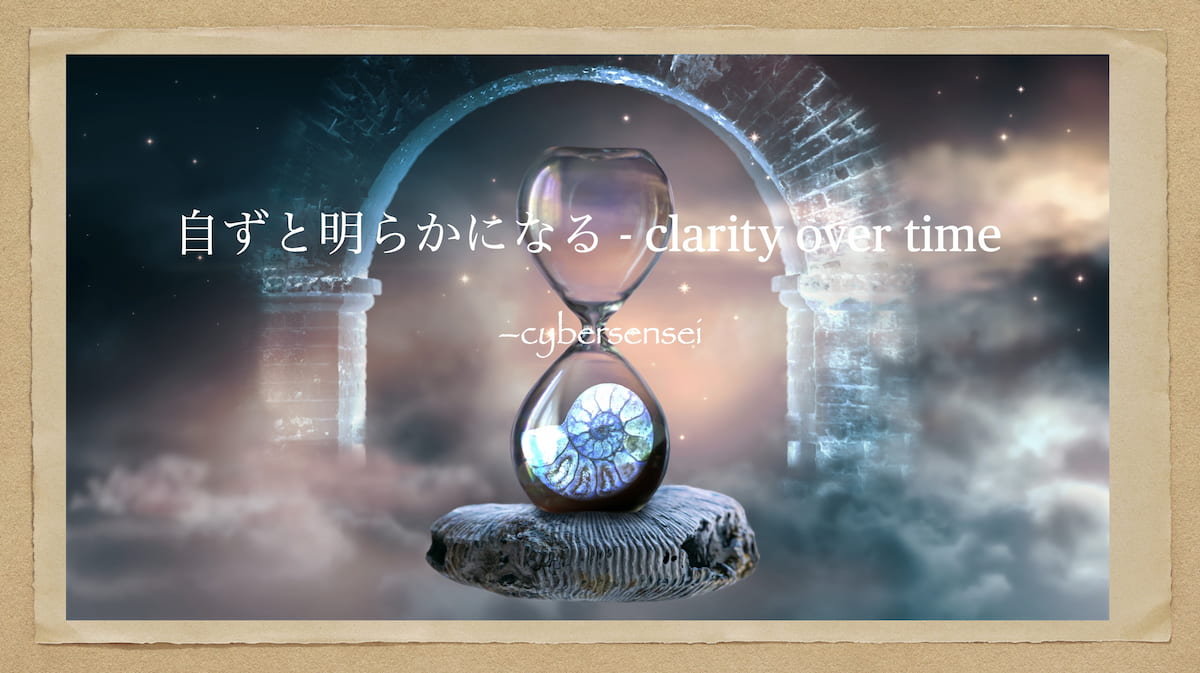
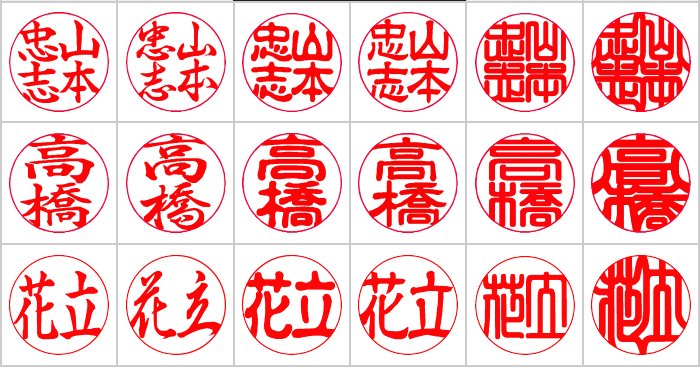



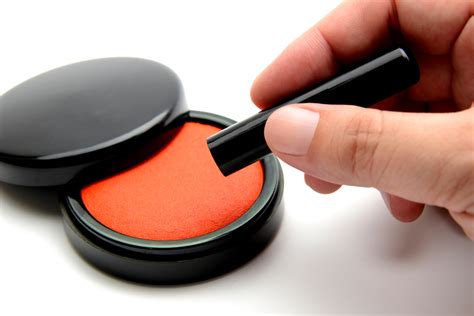




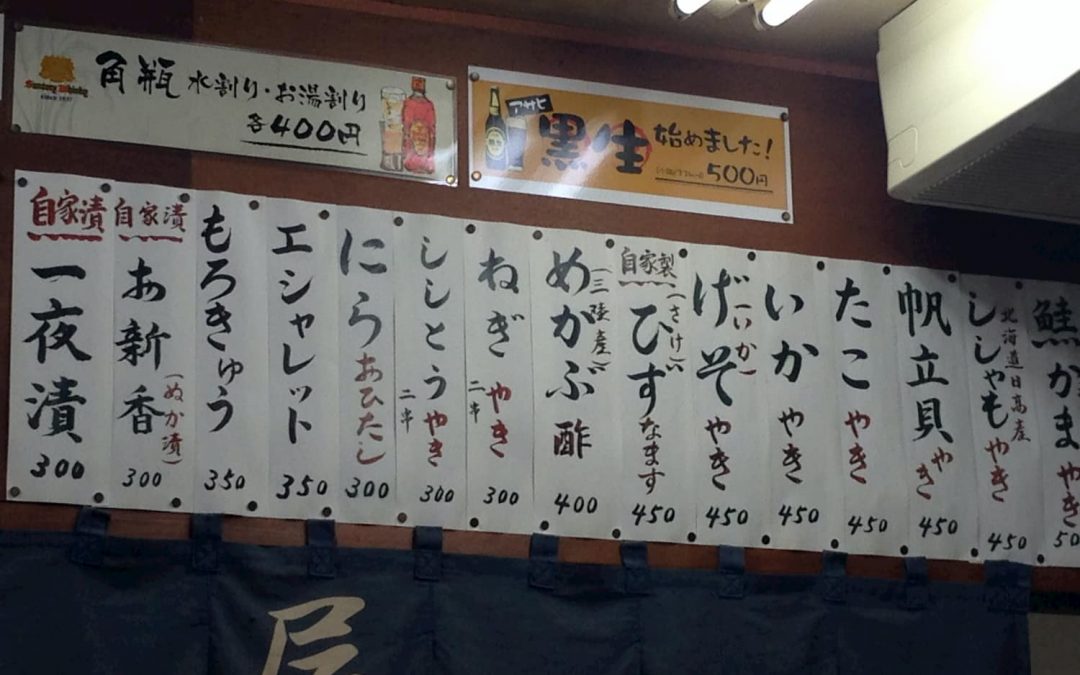
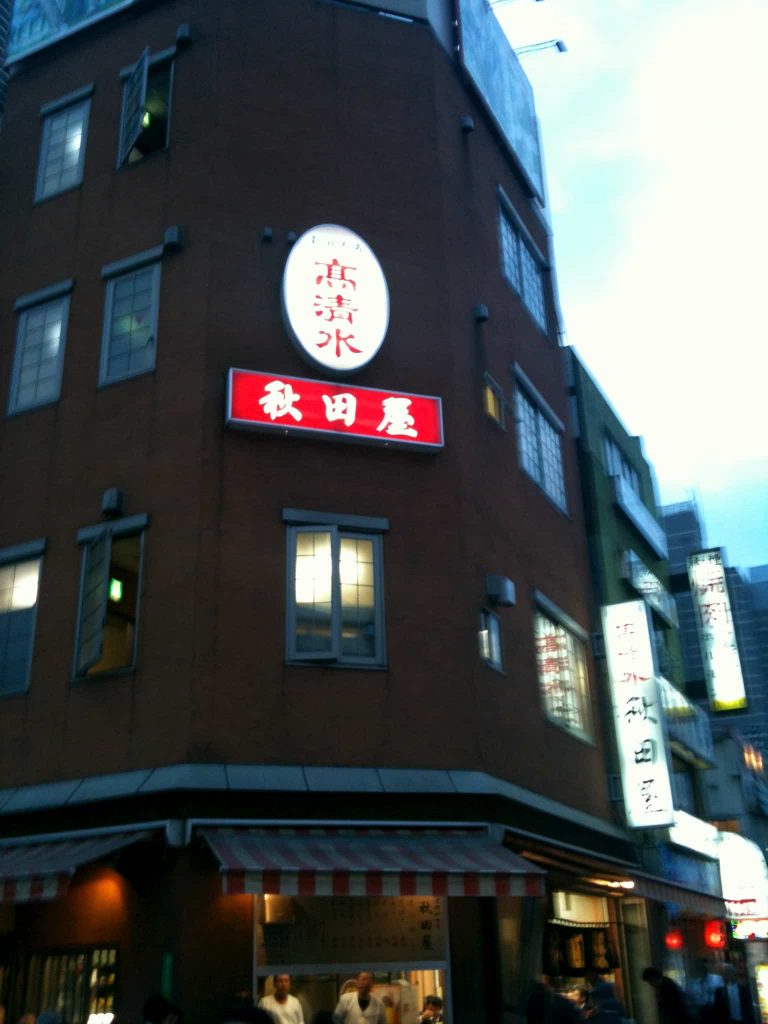 Oh my gosh, I thought to myself, is this my lucky day or what?!
Oh my gosh, I thought to myself, is this my lucky day or what?!
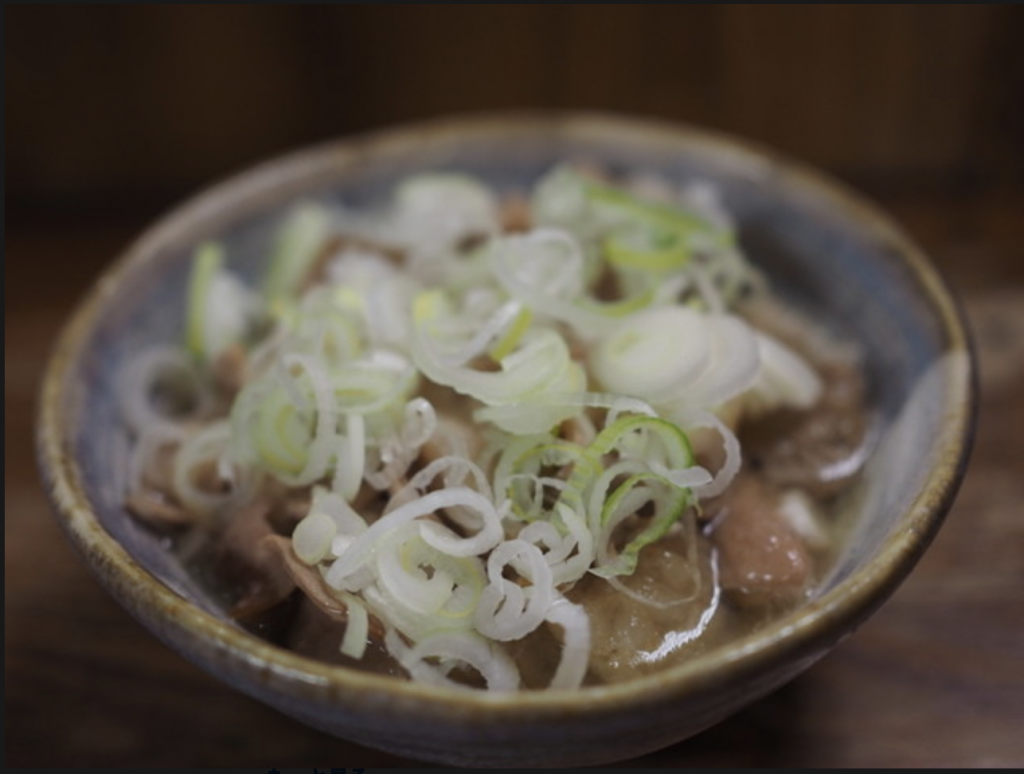

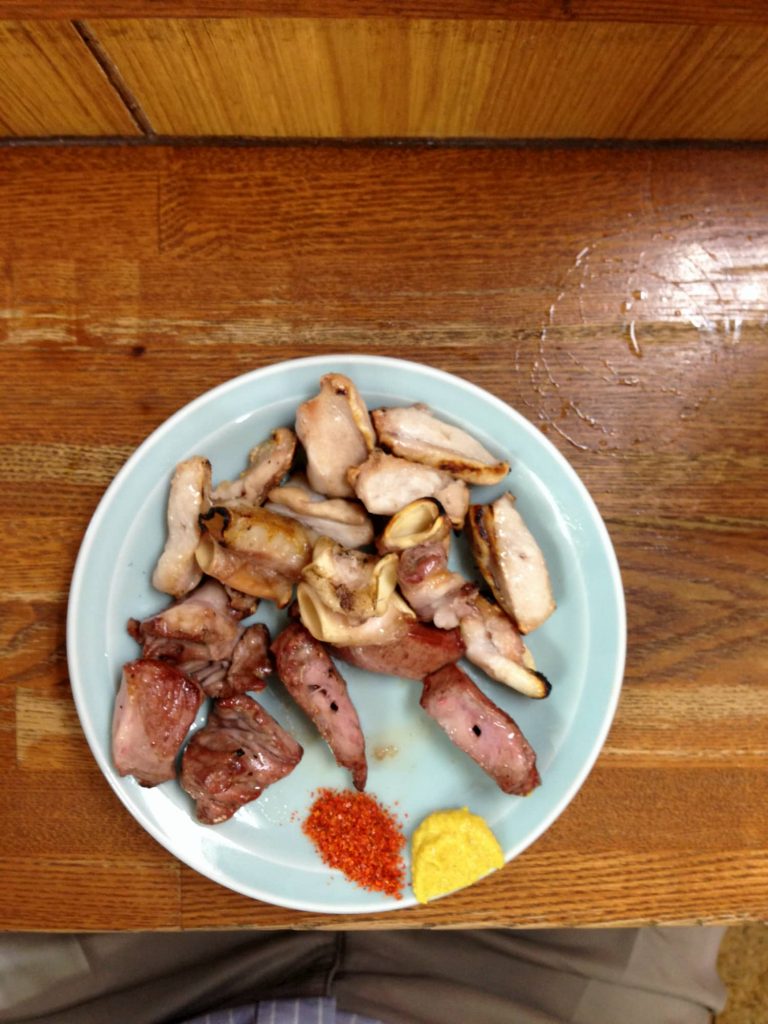 With the very first mouthful of motsu nikomi, I could hear the angels singing hallelujah, and I knew I had at last found the elusive perfect motsu nikomi. This was simply the most outstanding motsu nikomi dish I had ever experienced up until that very moment in my entire life, with each bit of pork tripe melting in my mouth.
With the very first mouthful of motsu nikomi, I could hear the angels singing hallelujah, and I knew I had at last found the elusive perfect motsu nikomi. This was simply the most outstanding motsu nikomi dish I had ever experienced up until that very moment in my entire life, with each bit of pork tripe melting in my mouth.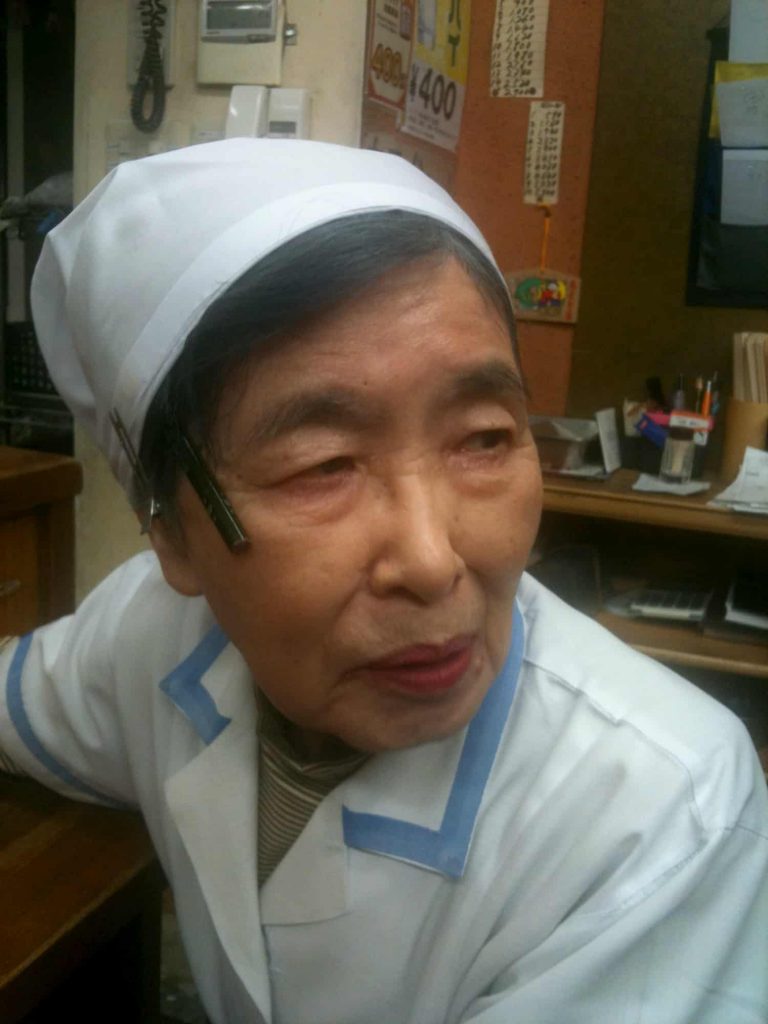 Having never married, she worked her entire life in just this one shop serving the hungry and tired salary men who run the system which is Japan.
Having never married, she worked her entire life in just this one shop serving the hungry and tired salary men who run the system which is Japan.
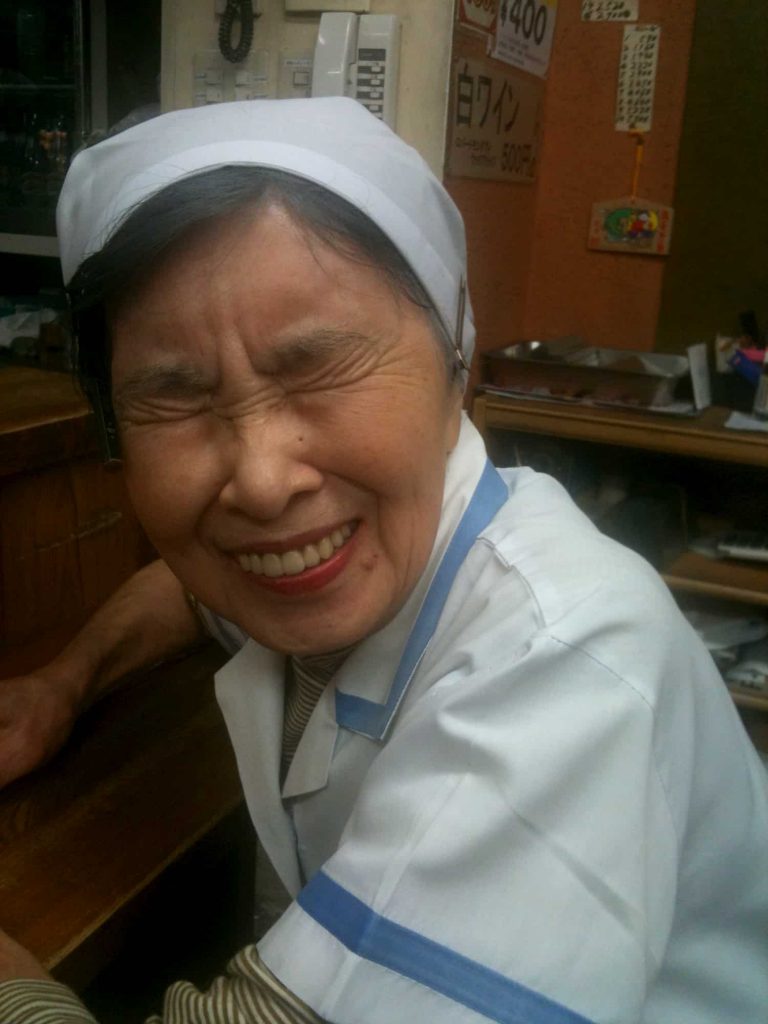
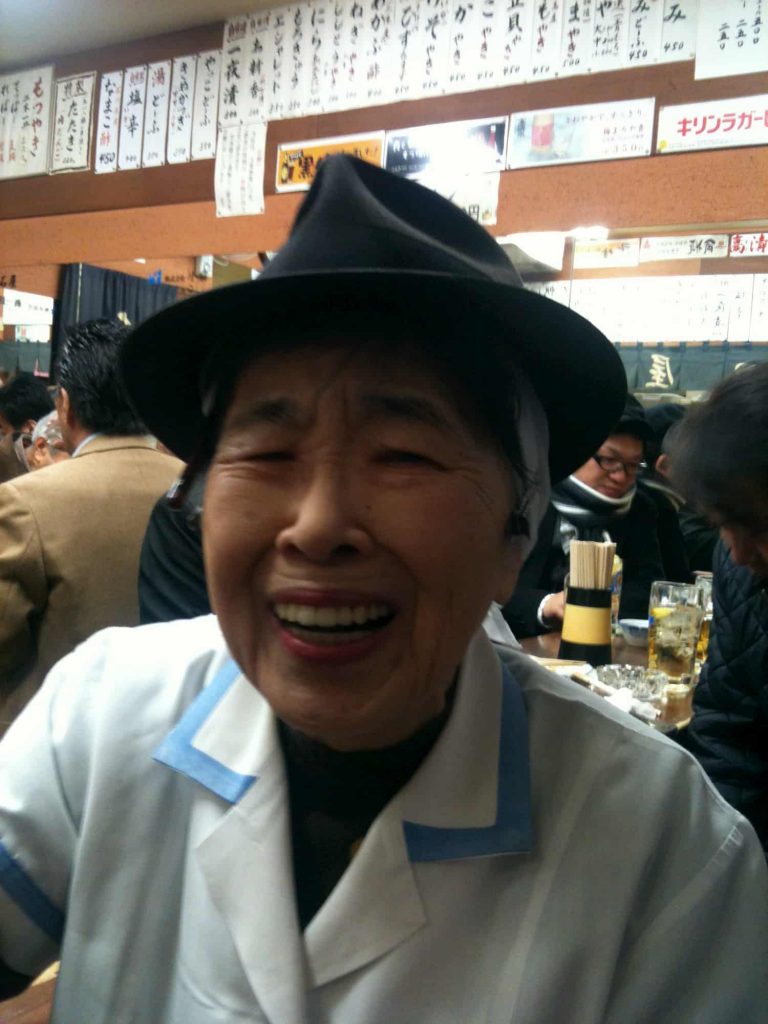

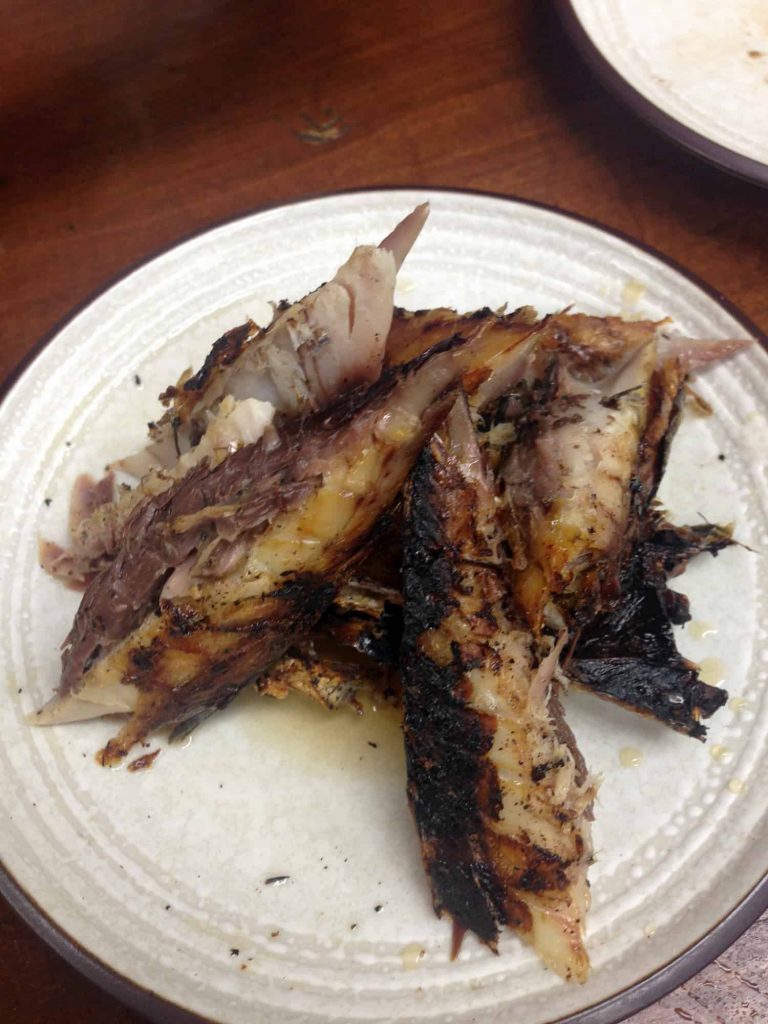 I recall ordering an oolong-high (Chinese tea with shochu), there back in early days. Now remember oolong-high is a staple drink in these types of establishments, and I just though they would also have it as well. No sirree, not at Akitaya! The dry reply from the surly server was “we don’t have that here” Well, lemon-high it was from then on, as there is no at this shop whatsoever.
I recall ordering an oolong-high (Chinese tea with shochu), there back in early days. Now remember oolong-high is a staple drink in these types of establishments, and I just though they would also have it as well. No sirree, not at Akitaya! The dry reply from the surly server was “we don’t have that here” Well, lemon-high it was from then on, as there is no at this shop whatsoever.

 There you have it; a true Japanese family restaurant in the heart of Tokyo, why don’t you go?
There you have it; a true Japanese family restaurant in the heart of Tokyo, why don’t you go?
Recent Comments